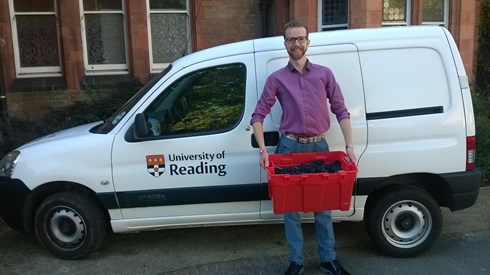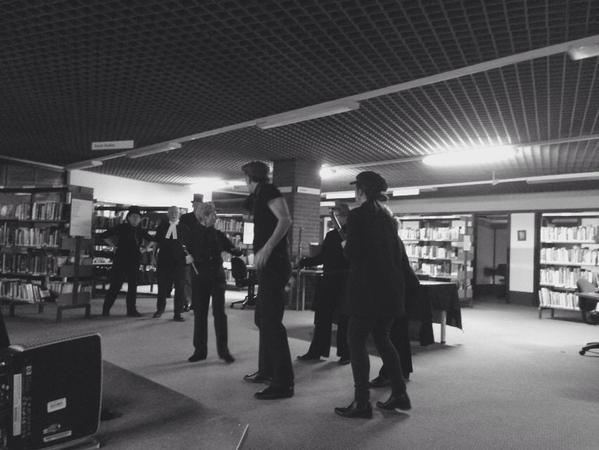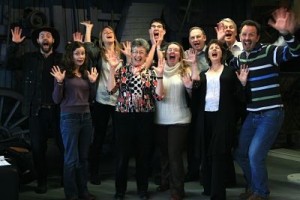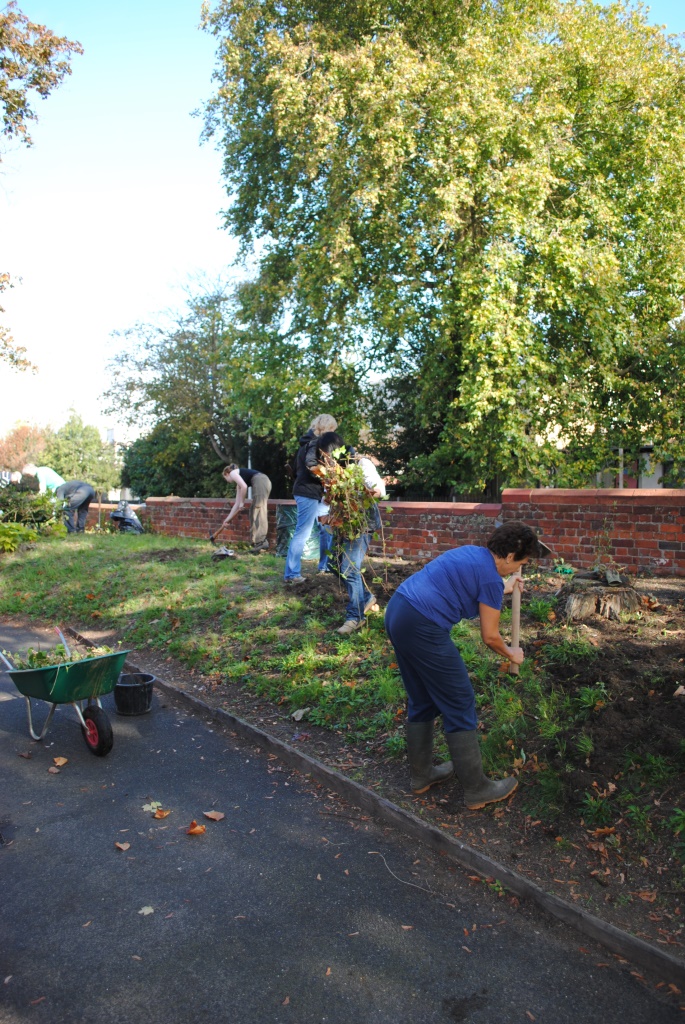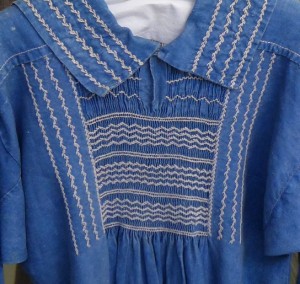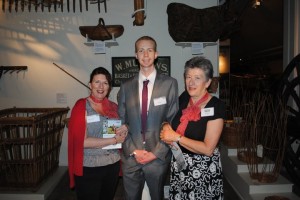Our volunteer Whitney has been exploring museum roles lately and spent a few minutes chatting to Volunteer Co-ordinator Rob Davies…
1. What is your job?
I have two roles. The first is to look after the volunteers and my other role is to work on the activity plan which involves engaging with different communities around Reading, and different rural communities around the country.
2. How has your job changed since the museum closed for redevelopment?
My job has changed significantly. It used to be entirely focused on managing the volunteer programme but we’ve now recruited an Assistant volunteer co-ordinator, Rhiannon, who does that. I now support my colleague Phillippa who is the Audience Development Manager. We are currently working to engage community groups with the new museum when we re-open.
3. Are there specific community groups you work with regularly?
Yes, there are several, for example Reading Mencap, The Three Cooks, the Rising Sun Arts Centre and Reading Chinese Association.
4. Do you think museums are doing a good job with working with communities and integrating into society in general?
I think it’s a case to case basis. I think with the changes in the country as well as with government and funding, museums are now reaching out to their communities so there is a lot being done in the sector as a whole. Here in particular we’re doing loads.
5. What is the most rewarding aspect of your job?
We often see people volunteer with us and then move on to a career they want to go in to, which is brilliant. Another aspect is meeting all the different people in Reading, getting them involved and working with them.
6. What is the most challenging part of your job?
It can be quite exhausting so I do get tired quite a lot in the evenings. I find myself having to go to bed earlier because I’m also running about and having too much fun in the day!
7. What have you been up to this week?
This week has been a great week. Yesterday I was at an annual general meeting for the charity Reading Voluntary Action. I’m a Trustee, but we also work with them here so we often recruit volunteers through them and use them for campaigning and support. I have also been chatting to a few community groups as well as putting plans together for our future allotments.
8. Do you have any upcoming projects you’re working on?
At the moment I am working on the Sew Engaging project. We’re asking community groups to do some tapestry based on what they think the countryside is and I’m currently working on the MERL film project which is coming soon, along with the garden and allotment projects.
9. What does your normal day to day look like?
I usually get in around 8:30am after cycling in so normally I have to get my suit on and then I make a cup of tea for the team. Then I go through emails and start work. Often I find myself running off to a meeting or about to head off with Philippa to a community group somewhere in Reading.
10. What do you love about working at MERL?
I’ve been here for five years and haven’t wanted to leave. There is such an amazing staff and volunteer spirit in the building that embodies the work ethic. Everybody works so well and is passionate about what they do. Also the collections are amazing. I do admittedly have a soft spot for the Mills and Boon books in the Special Collections!
11. Any tips for anyone wanting to work in a museum?
Volunteer with your local museum, archive or National Trust Property. Be willing to put in time. Try out a variety of roles as well because you might think you want to go into curating but actually you’re better suited to marketing or community engagement. Build good relationship with museum professionals as they will point you in the right direction. You can also do Museums Studies as part of your degree which we offer at University of Reading.


